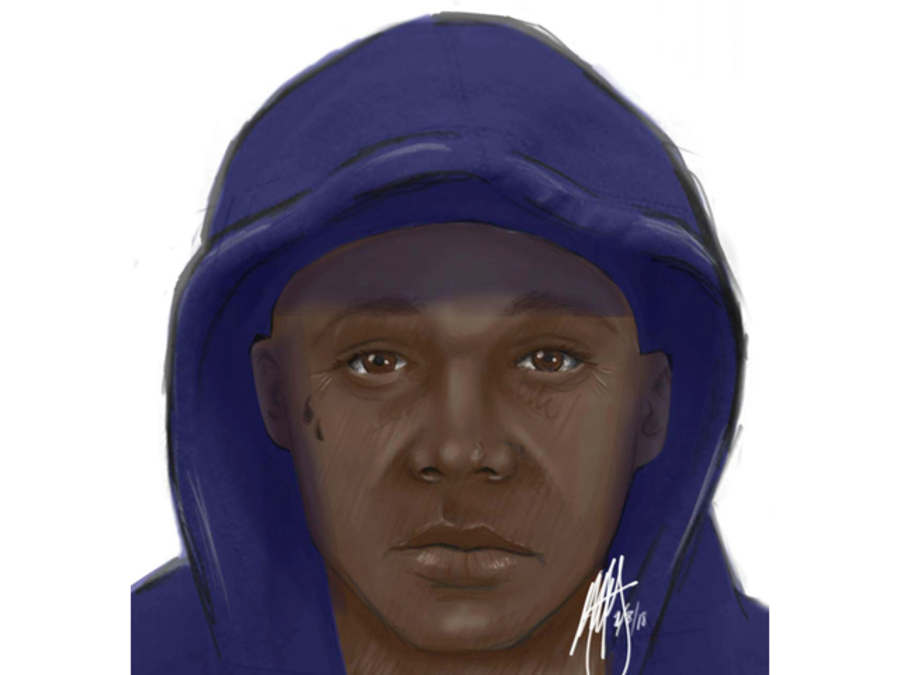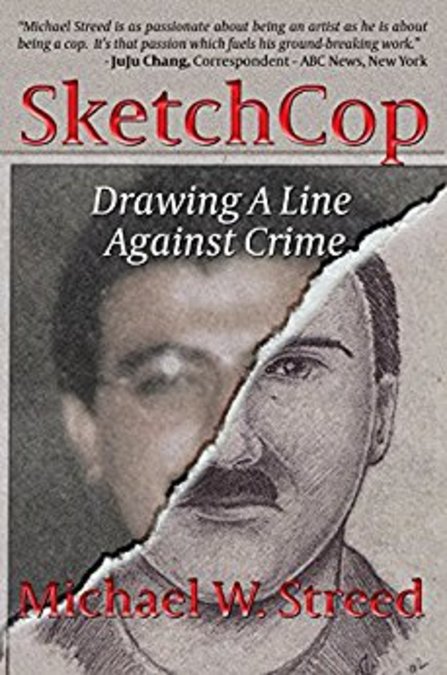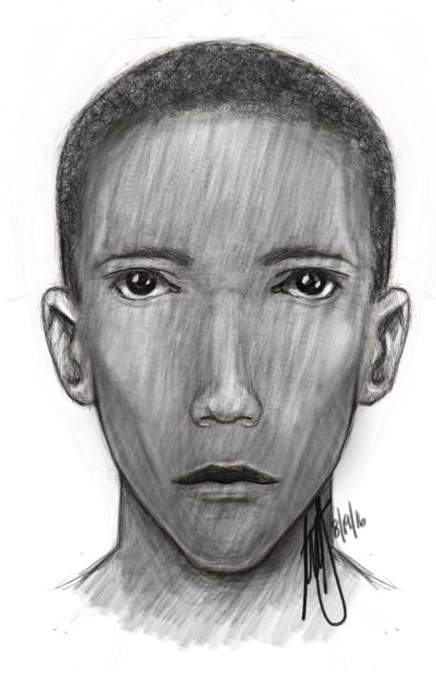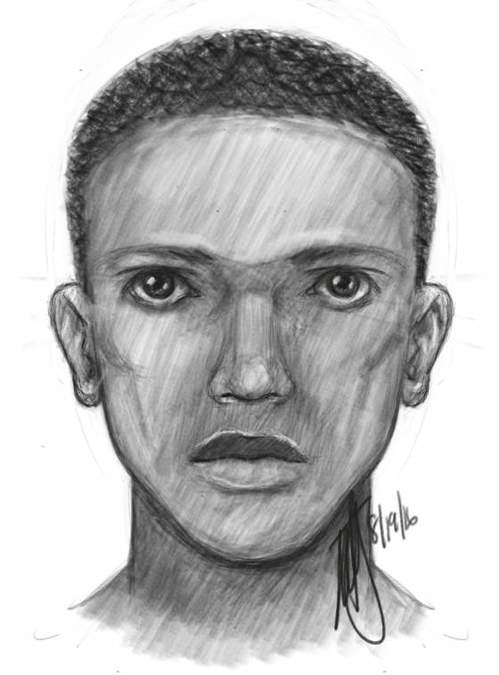He's the stranger who lives nearly 3,000 miles away that crime victims can call or Skype.
“They either talk to me over the phone or talk to me on the computer and they guide my stylus across the screen,” said Streed.
Michael Streed lives in California and he works as a forensic artist for Baltimore police. He drew a sketch just a few weeks ago after speaking with a rape victim over the phone. He drew it in color after the victim recalled the distinct color of her assailant's midnight blue sweatshirt and facial tattoos.
“Teardrop tattoos under his right eye,” said Streed.

CLICK HERE to view a slideshow of composite sketches by Streed.
A clue to help lead police to the mystery's man capture as it has in the past. On Streed’s website he showcases his sketches side-by-side with mugshots of captured suspects.

“The big draw for me is the fact that I get a chance to help people confront these suspects for the first time on paper and or a computer screen,” said Streed.
Streed is called the "SketchCop" because he also has a law enforcement background. He's worked as a detective and crisis hostage negotiator.
While his artistic talent helps with his drawings, he says the key to becoming a great sketch artist is mastering the art of communication.
“You have to be able to leave your art ego at door so to speak because at that point in time, it's not about you, it's not about your art,” said Streed. “If you can't communicate with the person, can't touch them and get them to trust you, and share their story with you then your dead before you even start.”
It's becoming rarer to find people like Streed. In his 38 years in the profession, he's seen the industry change.
There's now facial composite software, DNA, the proliferation of cameras. They are tools that could take the place of forensic artists, but in his opinion, there's become an overreliance on technology.
“The quality of the camera and the way the angle of the camera is positioned doesn't always tell the full story in terms of someone's face,” said Streed.
Pair the photo with a sketch and you get a more complete picture.



“We construct, we refine, and then we finish,” said Streed.
Streed's worked on serial killer cases and child abductions. His skills are required in some of the most critical situations.
“In a lot of these cases, oftentimes the only evidence is the sketch. There's no fingerprints, no DNA pointing to the suspect, you got a child out there with a predator and so the pressure is on to get that sketch done,” said Streed.
Like a conduit, he’s the only person who can create a face from a victim's traumatic experience.
“There's all eyes on the sketch, yes, the pressure to get it right is tremendous but I thrive under pressure. I love those situations and that's the cop in me that yah, we want to get it done and we want to get it done right,” Streed said.
Streed has worked with the Baltimore Police Department for 6 years. Baltimore is the only large city department in the U.S. that he knows of that runs a remote operation like this.
If you happen to witness a crime, Streed says it's important to take mental notes and immediately write down what you just witnessed.
And if you have aspirations to one day become a forensic artist, his best advice is to join a police department. You'll have a better understanding of the work they do and if there's a need for this kind of work.
CLICK HERE to view a slideshow of composite sketches by Streed.




